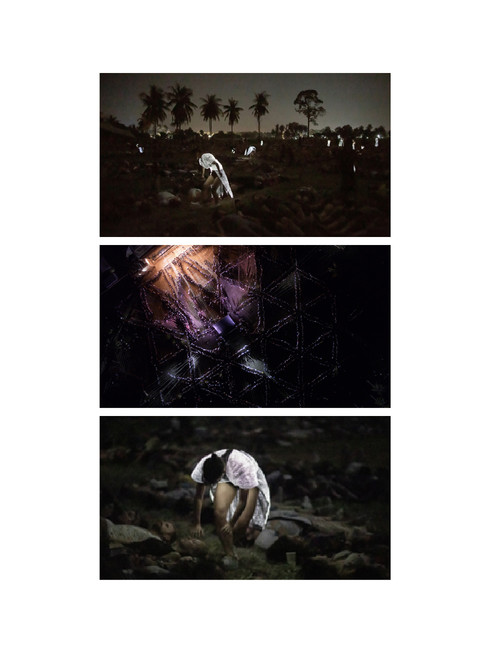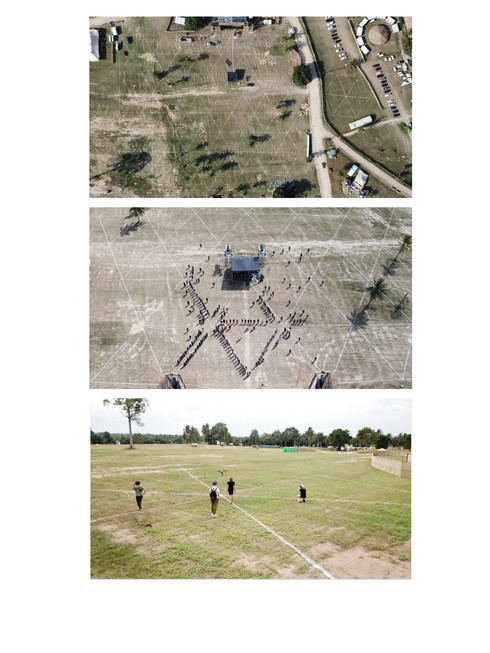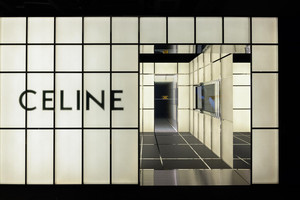Cartier’s New V&A Exhibition is a World-Encompassing Celebration of Craft
Written by Maya Avram by Nicole MillerIt’s been nearly 30 years since Cartier has had its own dedicated exhibition in London — a surprising fact considering the English capital is one of the jeweller’s three foundational cities, along with Paris and New York. And so the opening of Cartier’s titular show at the Victoria and Albert Museum last week marked a homecoming, of sorts. “The V&A and Cartier were established only five years apart,” said Dr Tristran Hunt, the museum’s director, at a press view last week. “[Founder] Louis-François Cartier, his three grandsons and the founders of this museum all shared an ambition to elevate craftsmanship and design to the realm of art, transcending mere utility for enduring artistic legacy.” This, Dr Hunt notes, was made possible by prioritising transatlantic partnerships.
Curated in partnership with Cartier (and the generous support of the Royal Family, who contributed pieces from their private collection), the space showcases 350 beguiling pieces that tell a story of cultural exchange, innovation and of active participation in — rather than merely observation of — societal trends. From the Garland-style Scroll Tiara, commissioned in 1902 and worn for the coronation of Her Majesty Queen Elizabeth II, and later donned by Rihanna on the cover of W magazine in 2016, to the Tank watch originally owned by Jackie Kennedy and later acquired by Kim Kardashian, the collection weaves together eras, empires, and individuals to humanise Cartier’s storied history and underscore its enduring cultural relevance.
The Cartier brothers’ global vision drove them to forge meaningful relationships with royals, socialites, thought-leaders and other influential figures from around the world throughout the early 20th century, crystallising the entrepreneurial spirit that underpins the brand’s ethos to this day. These connections fostered the kind of cultural exchanges that shaped the Maison’s design process, which is progressive yet grounded in the artistic heritage of its discerning clientele.
Those values allow Cartier to evolve in step with society, as asserts the brand’s motto: “Always innovate, never imitate.” It reflects the jeweller’s deep-rooted respect for international culture and its celebration of the rich artistic heritage of places like Egypt, India and China. These have inspired its most iconic geometric, colourful and boldly modern styles — most notably, the Art Deco works, shown here in all their glittering glory.
“One thing that we are very proud to have done in this exhibition,” said Rachel Garrahan, co-curator of the exhibition alongside Helen Molesworth, “is leading a fil rouge of London through the story of Cartier, where we see highlights that include jewels from the Royal Family.” From coronation tiaras from the 1930s (never as many made before or since by the brand) to Tank watches from Swinging Sixties London, Cartier’s savoir-faire has shaped British culture in every turn.
This is a display of brilliance, both literal and metaphorical. 10 years in the making, the show offers insight and context for the influential power that is Cartier. Each piece reflects not only craftsmanship, but the lives and moments that made it matter, bringing Cartier’s legacy into sharp, human focus.
The exhibition Cartier runs at V&A South Kensington from 12 April 2025 – 16 November 2025.





















